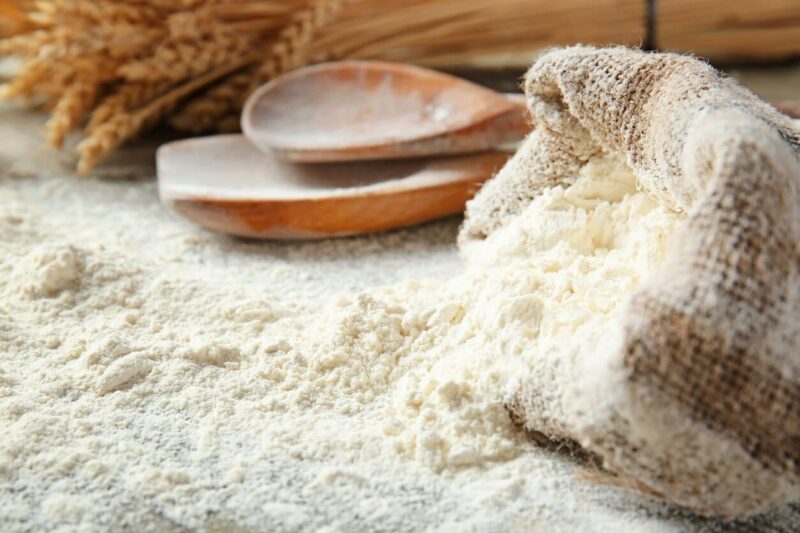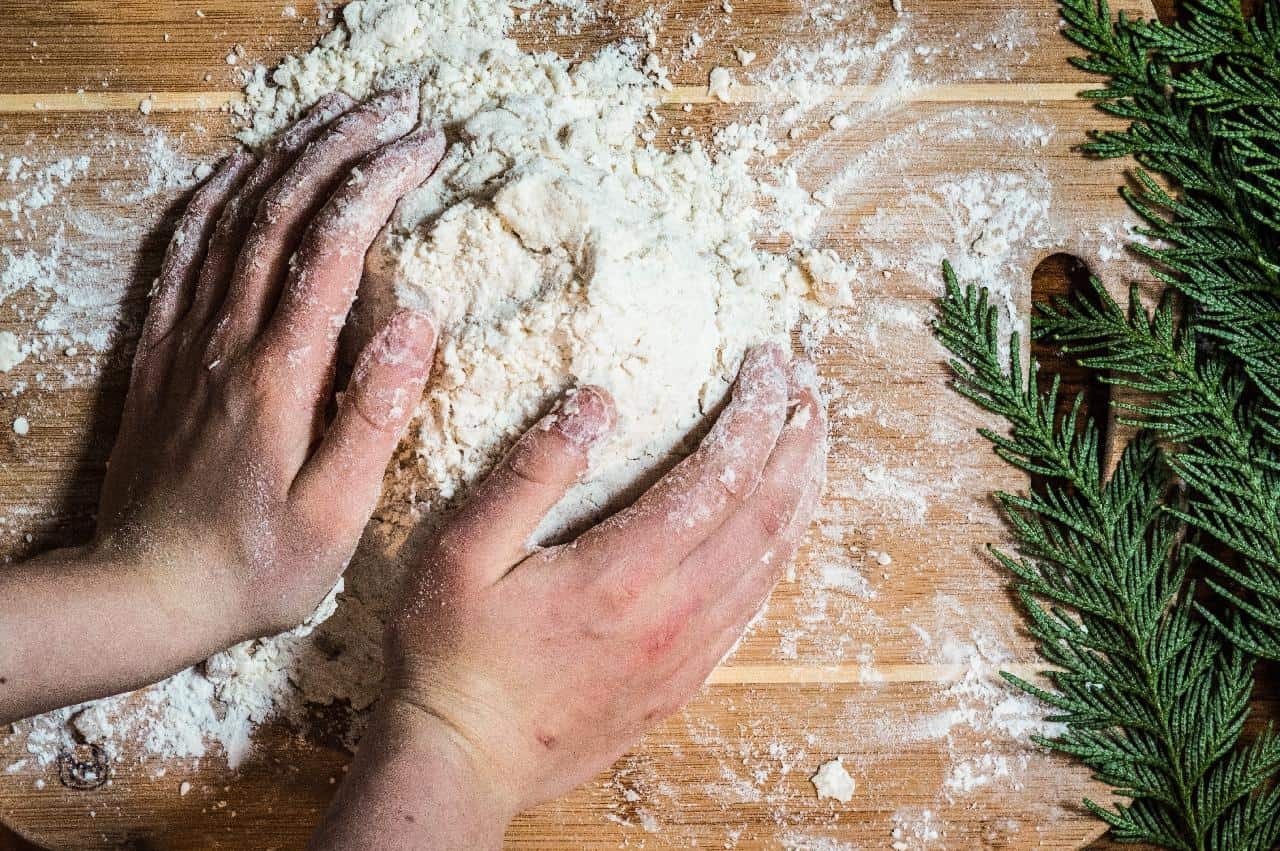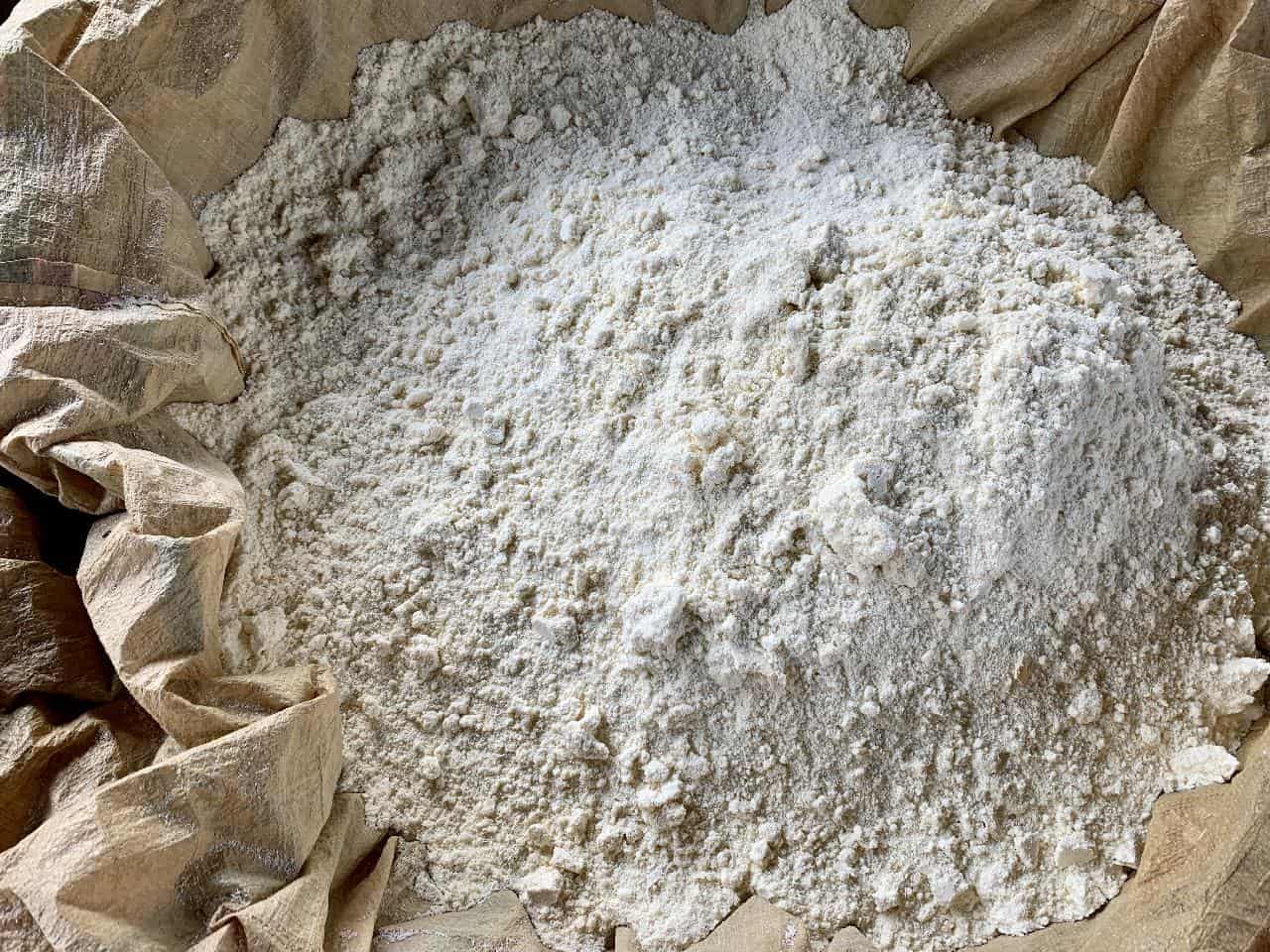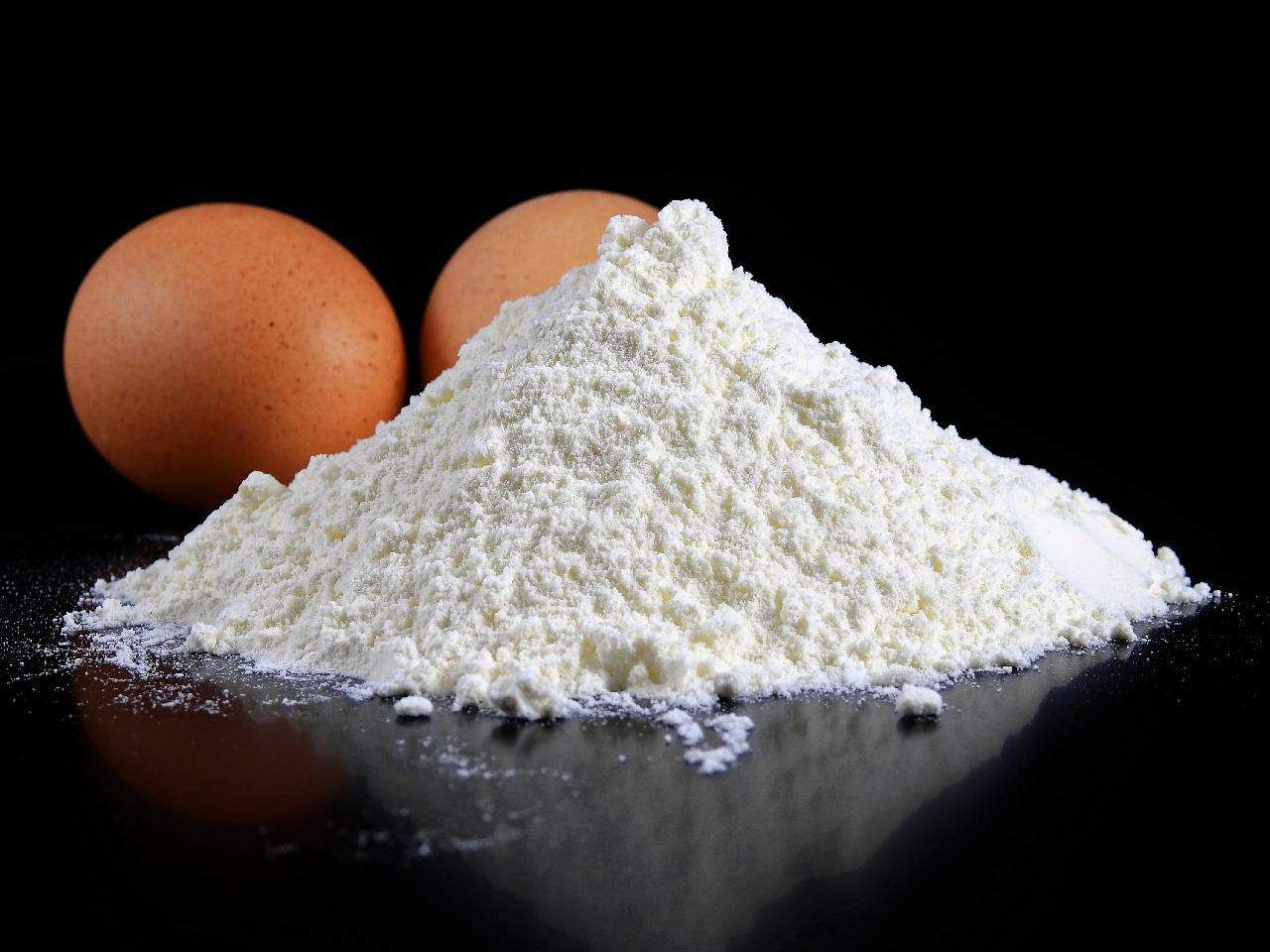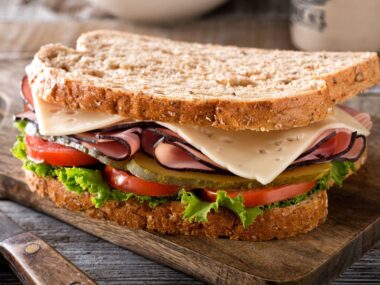Vital wheat gluten is a popular ingredient if you want a high protein diet, and it is a powder with the texture of flour that contains all gluten and minimal starch.
It is a very popular ingredient in making a vegan alternative to meat known as seitan. It is created by adding water to wheat flour to activate the protein and remove everything but the gluten, before being dried back to a powder again.
Vital wheat gluten is popular because it is vegan-friendly and works well in different recipes. But what if you can’t find vital wheat gluten?
Common substitutes for vital wheat gluten include high gluten flour, bread flour, xanthan gum, eggs, and protein powder, among others.
Let’s look at some substitutes you can use for vital wheat gluten.
Substitutes for Vital Wheat Gluten
The next substitutes for vital wheat gluten can help you make seitan and complete your vegan or vegetarian dish.
1. High gluten flour
High gluten flour contains equal parts of gluten and flour, making it more glutinous than regular flour. If you use high gluten flour, you will not need to use vital wheat gluten, so this is the best substitute for vital wheat gluten.
You can also use it for baking, making vegan meats, etc. However, when adding it to your recipes, you should use double the amount than you would for vital wheat gluten.
2. Bread flour
Bread flour is a readily available substitute for vital wheat gluten. It is also more glutinous than regular flour, so it is perfect for making bread.
When adding it in your recipes, substitute both the flour and vital wheat gluten for bread flour, and it should help make a glutinous mixture.
It works great in baking and bread-making recipes, and you will not need additional vital wheat gluten for your recipe to work.
3. Whey protein
Vital wheat gluten is important in baked goods to give it texture and structure. However, a good replacement for this, especially in baked goods, is whey protein.
It helps baked goods keep their structure and is a good replacement. However, note that it does not add gluten to the dough, which helps it become elastic.
That being said, replace whey protein with the same amount as you would use vital wheat gluten. Just make sure to add ½ teaspoon of xanthan gum, a thickening agent.
This will help the dough stay elastic and not harden. Together, they make a perfect replacement for vital wheat gluten.
4. Xanthan gum
Xanthan gum is a perfect substitute for vital wheat gluten. However, besides being used alongside whey protein, it can also be used alone.
Xanthan gum has been used in baking to thicken doughs and pastes, and you can use it to add structure and elasticity to your dough.
Xanthan gum is also gluten-free and very popular in gluten-free baking. You can find it in the baking section of most grocery stores or can be ordered online.
You will need 1 teaspoon of xanthan gum for every cup of flour that you use. This will help the dough stay elastic and hold its structure without needing vital wheat gluten.
You can also use it as a thickening agent, so it is a good ingredient to keep around.
5. Guar gum
Like xanthan gum, guar gum also helps the dough maintain its structure, but does not help very much with the elasticity. So, your dough might come out tough if you need a lot of gluten.
However, guar gum is a good substitute for doughs with smaller amounts of flour and will help it maintain a good structure without needing vital wheat gluten.
It is activated by water and you will need 1 teaspoon of guar gum for every 1 cup of flour. You can find it at some supermarkets or buy it online. Or at specialty supermarkets.
6. Protein powder
Vital wheat gluten is a good source of protein, especially when making vegan meat alternatives such as seitan.
If you’re making a recipe with more protein, you can use protein powder instead. You can use unflavored protein powder in baked goods to give it protein and a better structure.
This powder can add some flavor to baked goods and more protein than vital wheat gluten. You can use a quarter of the amount of flour with protein powder to achieve the same results.
7. Eggs
Eggs make a great replacement for recipes where you’re using vital wheat gluten for protein, as they contain a lot of protein per serving.
They can also help with the structure of baked goods, but should not be used for bread, as they will not help with elasticity.
Eggs can easily substitute vital wheat gluten in baked goods as they will help bind and add extra moisture. They are especially good to lend to a desirable texture in gluten-free baking.
Depending on how much you’re making, one egg should be enough per recipe.
8. Pregel starch
Pregel starts helps maintain structure and elasticity in baked goods, so it is a good substitute for vital wheat gluten in bread and baked goods, as well as making faux meats.
You can add 1 teaspoon of pregel starch for every cup of flour used and get a smooth and elastic dough that maintains its structure.
Pregel starch is harder to find in supermarkets. However, it is available online and makes a great substitute for vital wheat gluten.
9. Regular flour
This is not recommended unless needed, however, regular flour can work when making seitan. Just knead flour and water together to make a dough, then wash the dough in water to remove any excess starch and be left with the gluten.
Your mixture will not have as much gluten as vital wheat gluten, but this can still work.
You can also add regular flour to baked goods. However, you can also add other substitutes like xanthan gum to ensure that the baked goods keep their structure.
10. Buy ready-made seitan
If you’re struggling to find vital wheat gluten but do not want to make your own seitan, the best option would be to buy it.
It is often available at the fresh section of supermarkets. And instead of using alternatives that might not turn out as well, it’s best to buy ready-made seitan and cook it as desired.
You can also find seitan in specialty food stores and use it to cook different dishes such as fried vegan chicken or curries.
FAQs
Can you use normal flour instead of vital wheat gluten?
You can use normal flour instead of vital wheat gluten for recipes, however, it might not be as elastic as intended.
So it is recommended to use flour with another one of the substitutes such as xanthan gum. In baking, the flour will work but the elasticity and overall structure may differ.
Is vital wheat gluten necessary?
In low-carb bread recipes, it is necessary to maintain structure and keep the bread soft, because, without it, the bread will be quite tough. However, if you have a good substitute to use instead, you will not need the vital wheat gluten.
In bread recipes that require bread flour, you will not need to use vital wheat gluten since bread is already glutinous.
Is vital wheat gluten the same as bread flour?
They are not the same. However, they are similar. Both products have a high gluten content which leads to an elastic dough and softer bread.
Vital wheat gluten is more concentrated gluten. Bread flour has less gluten in it but is still ideal for bread recipes.
Is there another name for vital wheat gluten?
There is no other name for vital wheat gluten. Therefore, it should be easy to look for in supermarkets.
Vital wheat gluten is made from wheat flour, but vital wheat gluten is processed until almost all the starch is gone, making it a highly concentrated gluten powder.
How to make vital wheat gluten?
You cannot make vital wheat gluten at home, but a good substitute for it is bread flour.
You can make seitan in your kitchen, which is essentially vital wheat gluten that is being used as a meat alternative by combining flour and water together to create a dough, then kneading out all the starch in a bowl of water.
Once kneaded out, you leave the dough to rest. You can season and cook it however you want as a meat substitute.
